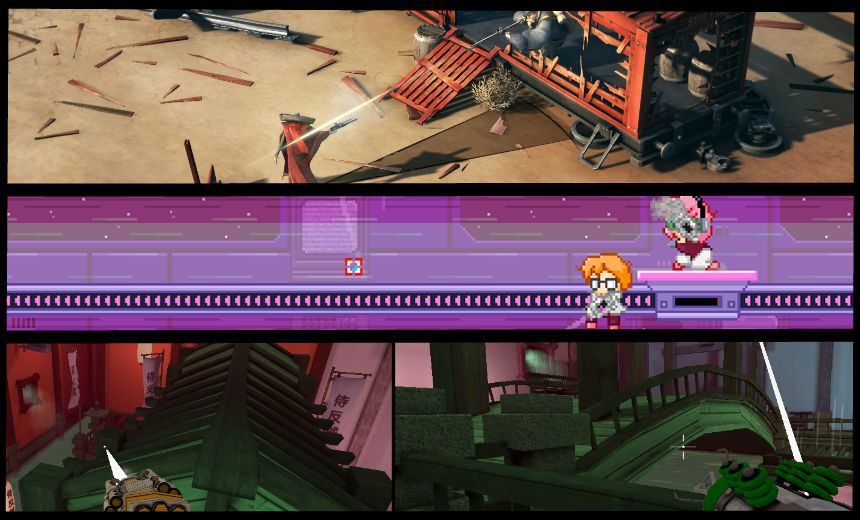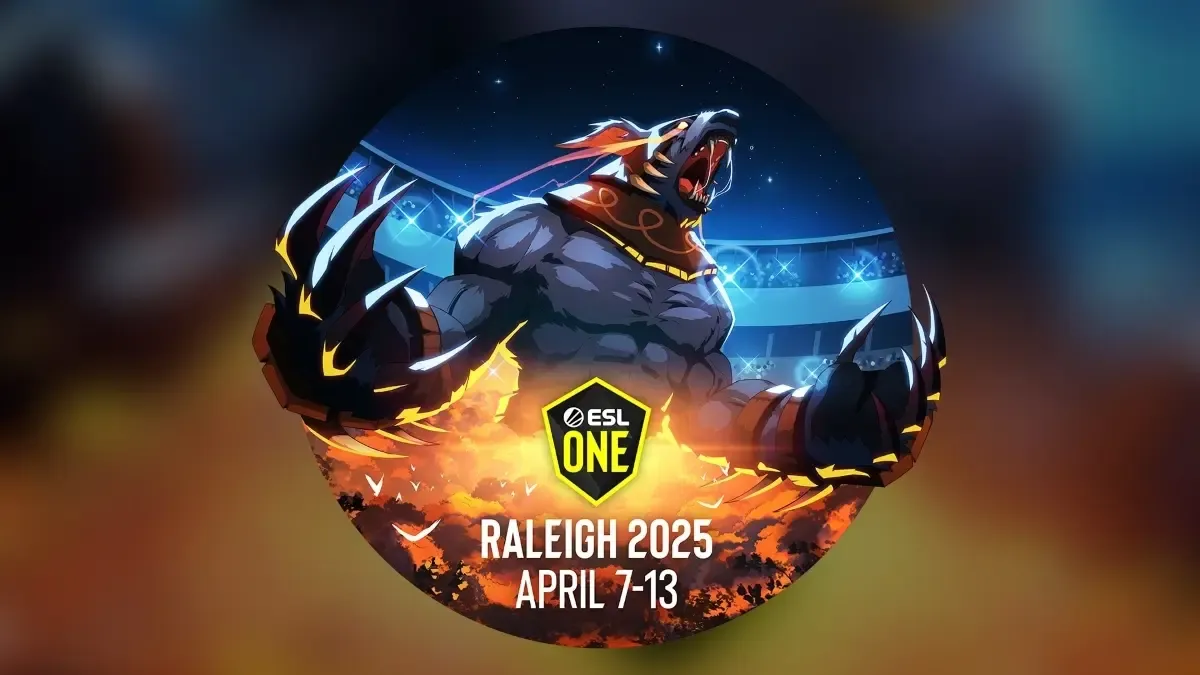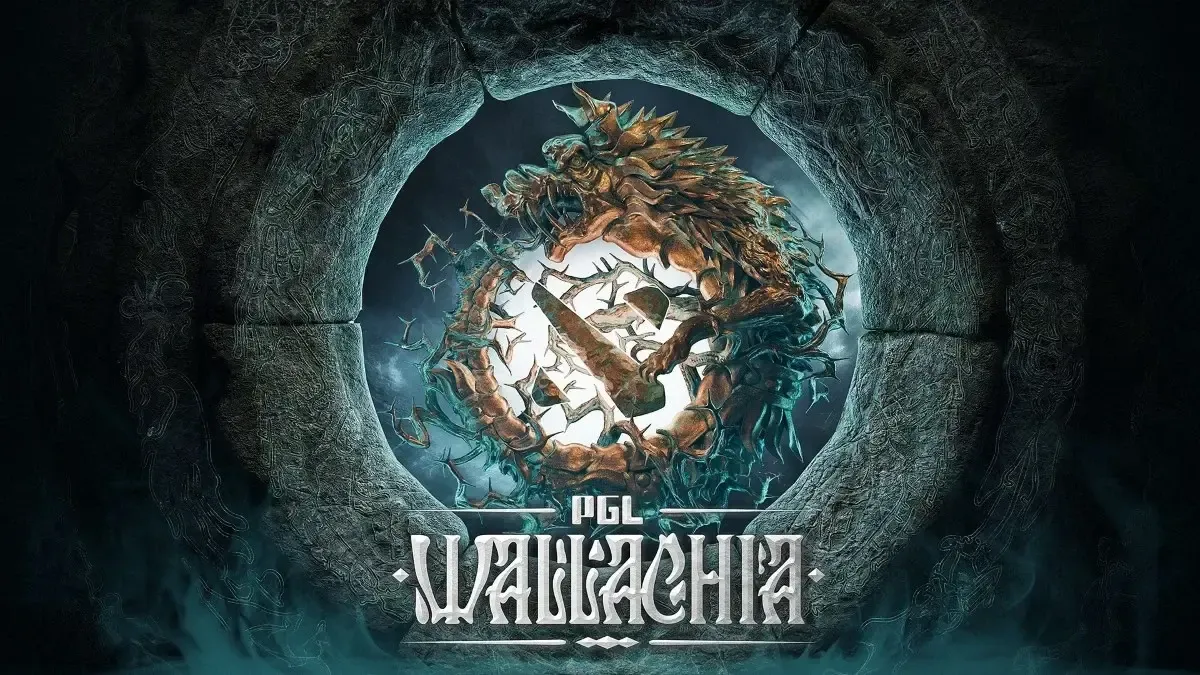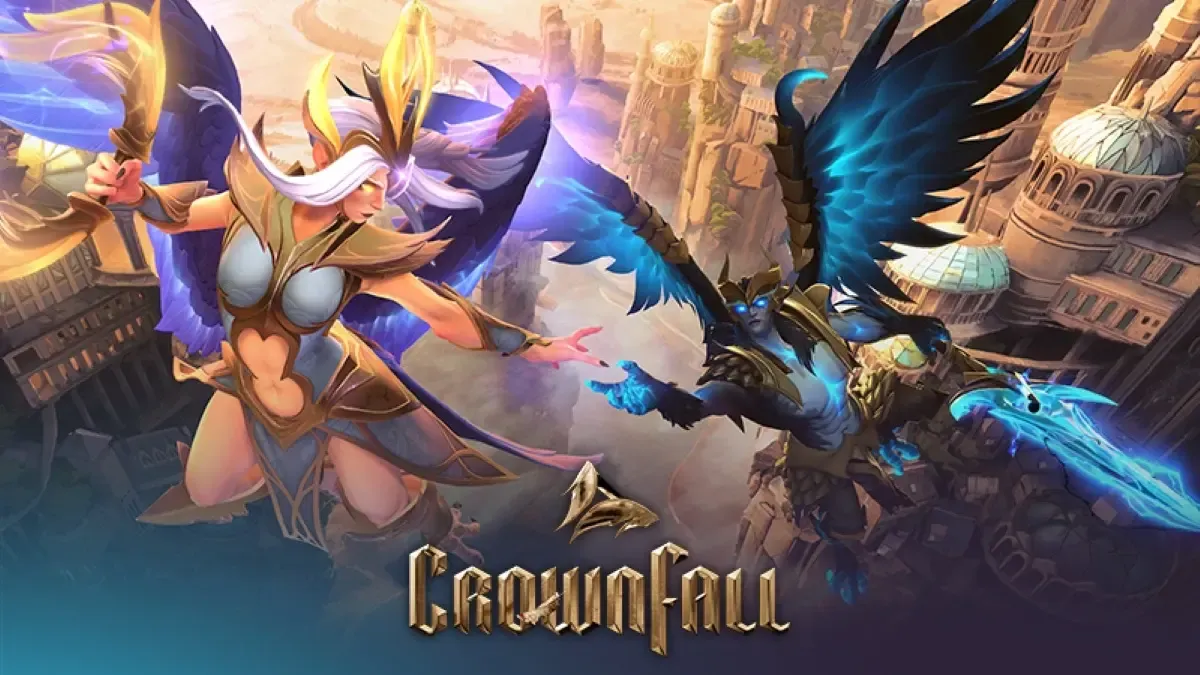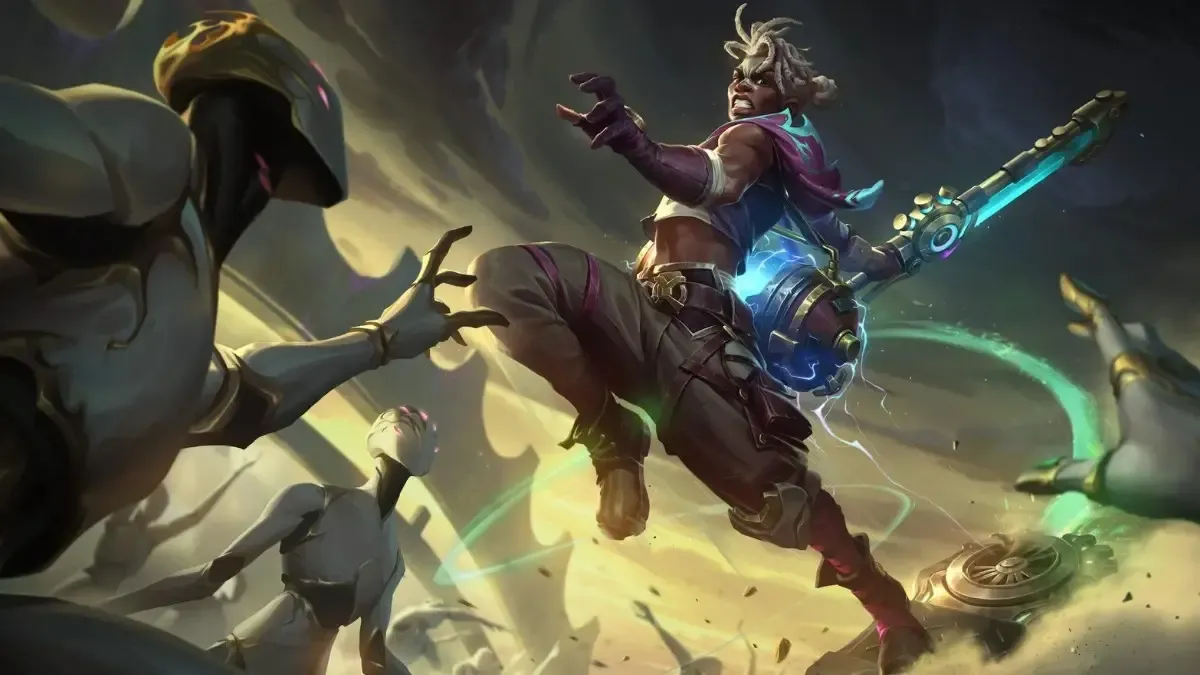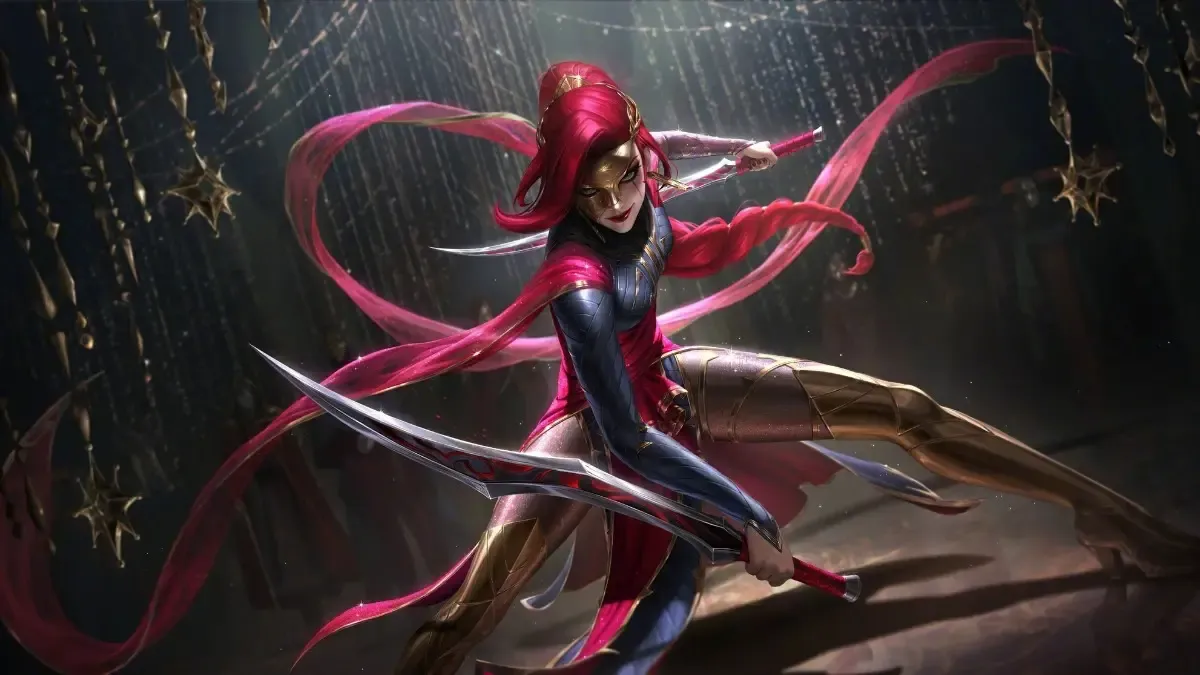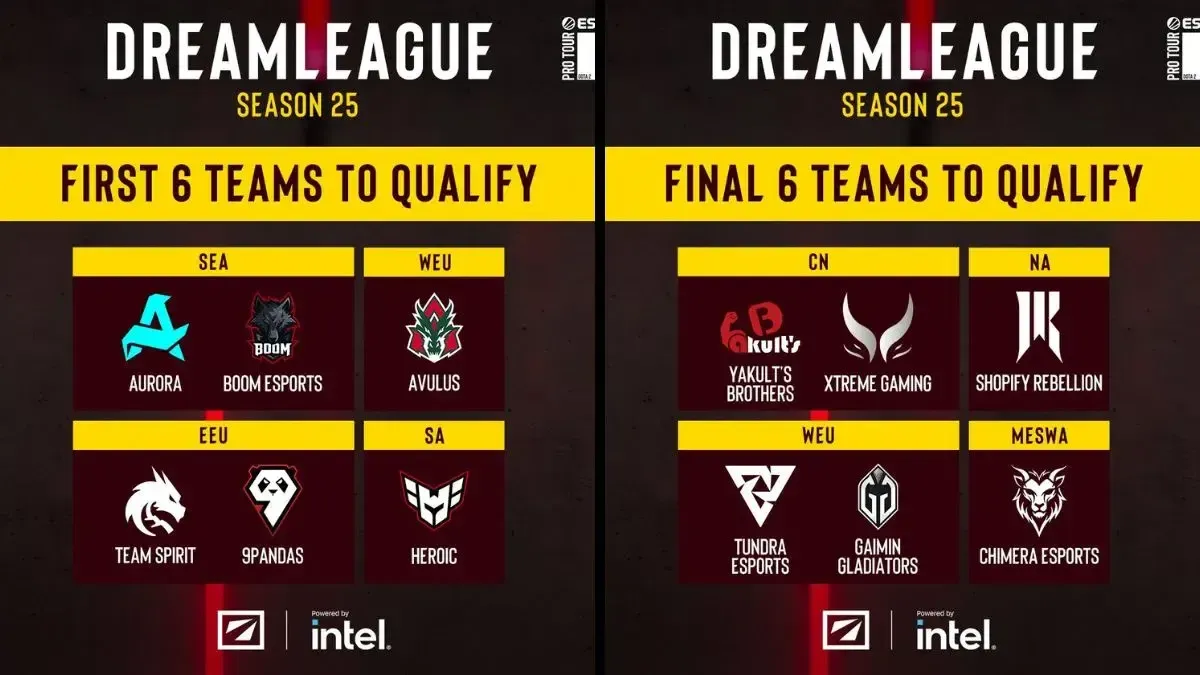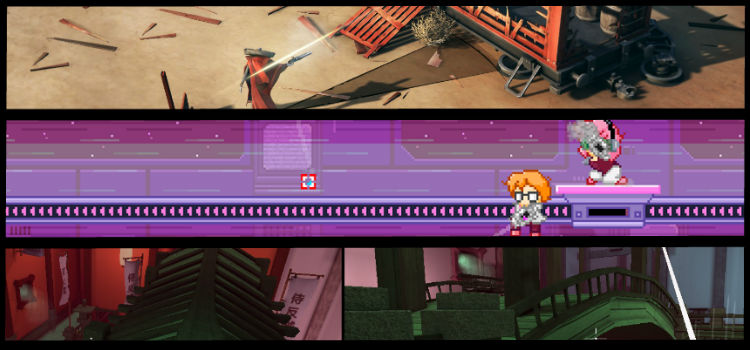
I love it when well known games have huge eSports followings. I love the crowds, the player personalities, the upsets, and above all the level of dedication and mastery put on display for the rest of us casuals to enjoy. At PAX Prime 2015, I saw Heroes of the Storm, Starcraft 2, Hearthstone, League of Legends, Street Fighter, Super Smash Brothers and loads more tried and true competitive games being played at the highest level.
Some of the best Magic: The Gathering players in the world were sitting around Hotel lobbies playing cards and forming 8 man drafts (well past midnight) just to get as much practice and play time with equally skilled competitors. Everywhere I looked people were trying to win at video games.
And the Indie game hall was no different. I played all the games that would interested a competitive gamer, and 3 of them stood out among the rest. These games let you out play your opponent at every turn and, if you are like me, will surely satisfy the competitive spirit.
Secret Ponchos
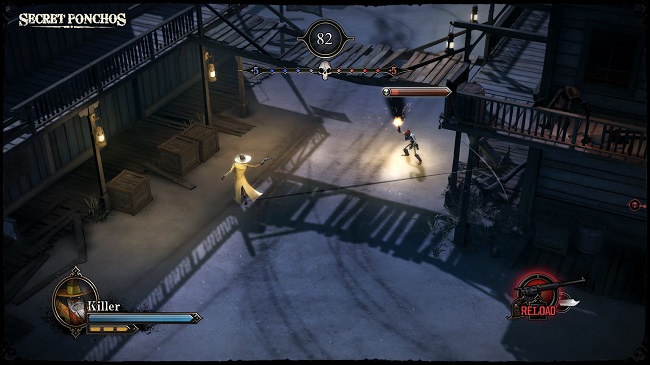
I was first introduced to Secret Ponchos when someone told me it was demo'ed at this years EVO 2015 (the largest fighting game tournament in the world) and the pro players and fans loved it. This piqued my excitement for several reason.
Firstly, fighting game players are notorious for dismissing a game if it doesn't cater to the competitive crowd; they understand mind games and technical precision more than most gamers and they want to be rewarded for those skills.
Secondly, Fighting game players know how to break a game by quickly finding the first order optimal strategy. In short, they will find the easiest way to win, and abuse it until they are forced to try harder. The allure of Secret Ponchos is it's depth and unique characters, so If the fighting game community endorsed Secret Ponchos, there is a good chance I might enjoy it.
And I did enjoy it. A lot. Everything in Secret Ponchos is a skill-shot, meaning when you lose a duel or a match, you know exactly why it happened: you missed more than you hit. The dynamic this creates feels like a typical MOBA laning phase ramped up to new levels of intensity, as every skill-shot provides ample opportunity for players to outwit one another.
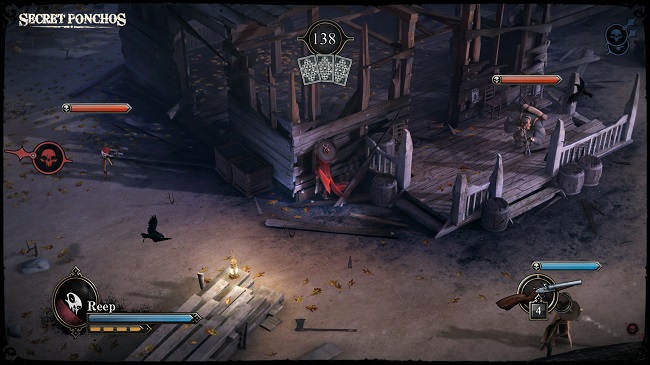
Each character (Currently there are 10 of them) fits a different type of role that a team can capitalize on. Some characters are tanks designed to disrupt the enemy while absorbing shots, while others are fragile glass cannons that sacrifice HP for a wide variety of movement and assassination options. Understanding what roles a character brings to the match is just as important as understanding what you sacrifice when playing them.
Which brings me to the coolest part of Secret Ponchos. The design never tries to hold your hand- every action has a consequence that should be considered. Movement abilities cost energy that can only be re-charged when you stand still or go under cover. The guns all have small amounts of max ammo and, you guessed it, reloading is a slow and vulnerable process.
eSport veterans will immediately realize how high the skill ceiling of Secret Ponchos is, which is to the game designers credit. I was told that every single aspect of the game was designed with competition in mind, and aftering playing it I really feel that. If something in the game would limited the skill ceiling, it was simply removed.
Gameplay aside, the style and visuals of the game are just awesome. It's stylishness seems effortless because of the western, gunslinging setting the game is placed in. The character I enjoyed the most was "The Matador". She comes armed with two spears that cripple the enemy, allowing players to capitalize on her fast movement and deadly melee sword swings.
I was sufficiently warned she better suited for experienced players, but I decided to try her out anyway. I lost that round, but the most compelling part about Secret Ponchos was that I wanted to get better. I knew it wasn't the game or the character, or my team that lost the round; it was me. That is a refreshing feeling in an industry climate that seems intent on removing the individual challenging elements from team-based games.
Capsule Force
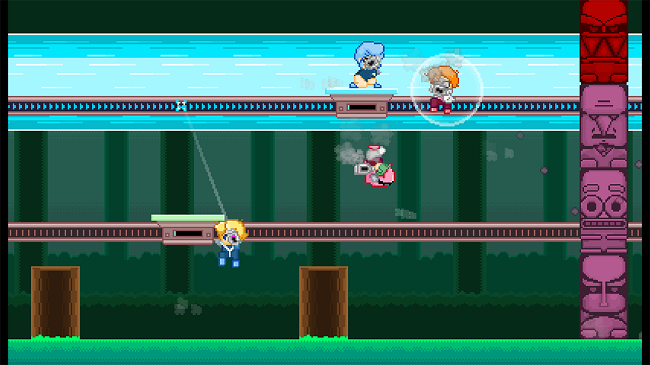
Capsule Force is a wonderful example of how a simple mechanic most people don't even notice anymore can be re-shaped and re-purposed to provide an entirely new gaming experience. In the case of Capsule Force, it's about scrolling the screen to the left.
Or, to the right if you are on the other team. Imagine a side-scroller that has nine screens in total. Four screens to the left you find the blue teams prized capsule. Four screens to the right, is the red teams capsule. The only way to move past a screen is by standing on one of the two platforms attached to a rail, as pictured above. This causes the platform to quickly move towards your opponents capsule, scrolling the screen closer to your objective. First team to grab the other teams capsule wins the round.
Simple right?
What comes next is what separates Capsule Force from other arcade style games like it. Capsule force gives players unprecedented movement options and a blaster gun that kills other players in just 1 shot. Each player has a shield option that can deflect single shots, but this shield is negated by a chargeable death beam. Respawn times are blisteringly fast, so the game play turns frantic very quick.
The sheer speed at which this game is played is remarkably enjoyable. Experienced gamers will have no trouble mastering the basic controls, which might leave them yearning for more if there wasn't a litany of advanced movement options available. The game rewards agile minded players, which feels great when you manage to see through the chaos and make a big play. The game play is action packed and wild while simultaneously demanding focus and accuracy (especially during the 2v2 mode).
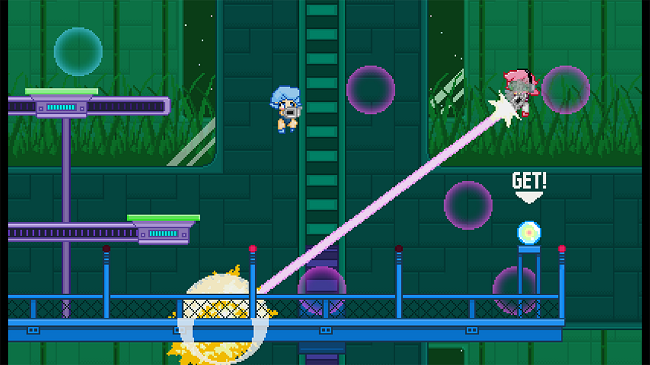
I found my self shot calling throughout the rounds, shouting short bursts of coordination to my teammate. I would yell "Top, Top, Top!" warning my ally of the enemy teams movement. Even though all 4 of us were starring at the same screen, the fast action warrants this type of communication. You quickly learn that teamwork is a huge part of winning when against equally skilled opponents. Because of the games perfect symmetry (every character and team has the exact same tool kit and level hazards to deal with), player skill and coordination is the only real factor that matters.
After playing for what seemed like hours, I had an opportunity to play against the games creator. I was confident that my inherent gaming skills would give me an edge over what seems to be such a simple game. Six rounds later, after losing every 1v1 round to ruthlessly efficient game play, I was sold on Capsule Force. I was getting out maneuvered in ways I didn't even think were possible, and that excites me as a competitive gamer.
Screen Cheat
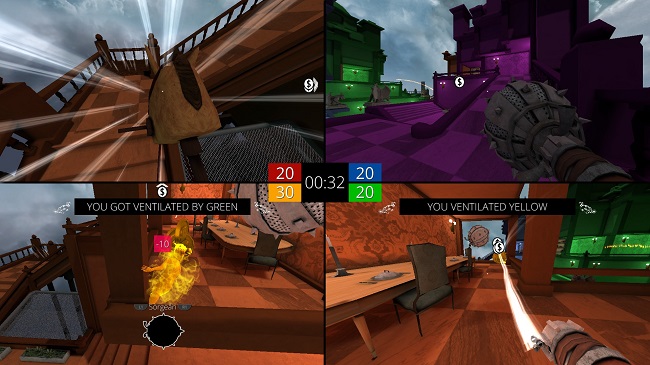
As I write about this somewhat bewildering FPS, I think it's important to note that in my numerous multiplayer games throughout multiple days of PAX Prime, I never won a single round of Screen Cheat. I tried so hard, experimented many different weapons, and one time I just stood still and stared at my opponents screens. "Maybe I'm not cheating enough" I thought to my self moments before I was struck in the back by a flaming chandelier, killing me instantly.
If you haven't guessed by the name yet, Screen Cheat is an FPS game that embraces the hallowed tradition of looking at other players screens during split screen multiplayer. Every player is invisible, so the only real way of locating an enemy is by looking a their screen, back at yours, and deducing where you should aim your gun to kill them. Of course, your opponent is doing the same thing, creating a game play experience that is unlike any other.
Most shots in the game are one-hit kills, which is important because pin-point accuracy isn't the goal of Screen Cheat. Each level has multiple areas divided by different colors and landmarks, meaning if two screens both show purple- Surprise! You may be right next to each other and don't even know it.
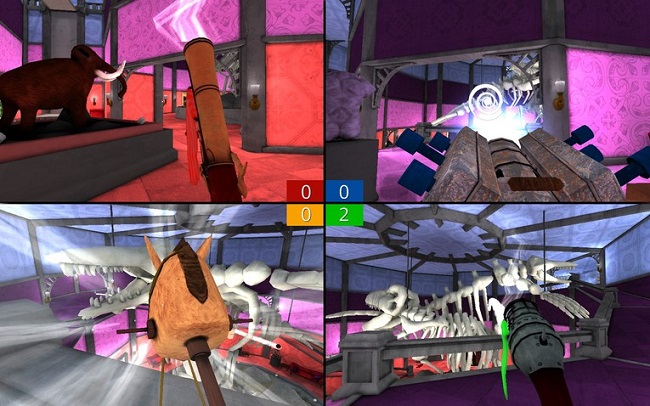
This creates some truly memorable experiences and playing this with 3 other friends managed to be intense and hilarious at the same time. Some players find success by stalking slowly throughout the level, deliberately obscuring their location by looking at the ground or obscure objects on the map. Other strategies include fortifying one particular segment of the level, watching the other 3 screens intently to see if anyone enters the same room as you. The fun lies in how absurd the challenge presented is and competitive gamers will always find a way to make even the silliest of games a duel of wits.
Screen Cheat can get very intense, but I recommend playing it in a LAN environment. The game shines when everyone is silently sitting next to each other, intensely scanning the screen until someone blows up and the tension turns to laughter. I didn't win a single game of Screen Cheat, but I still had a great time playing it.
Side tourneys anyone?
There were tons of games at PAX, but these 3 stuck with me. Secret Ponchos in particular has such incredible competitive potential that even spectators will appreciate watching a team battle of pros battle against each other. Triple A titles may gather the big stages and prize pools, but these type of highly competitive indie games are just as intense.
I highly recommended checking them out for your self. If not just for a change of pace, but as a reminder to what what it feels like to play games built precisely with competitive gamers in mind.
Follow us @gosugamers for more eSports content
More on GosuGamers:

